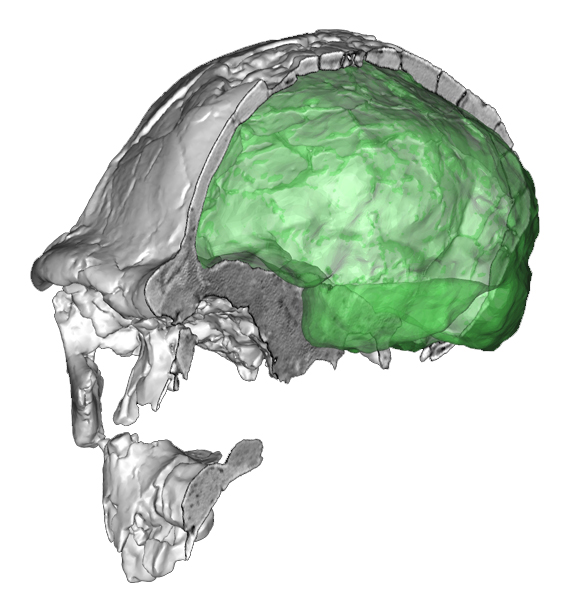 In the last decade neuroscience has experienced an explosion of brain imaging studies, programs, and databases. The advance has been outstanding, indeed. Nonetheless, we have also been surprised by a large and unexpected number of strange and discordant results. There are so many examples in which similar studies reach different or even opposite conclusions. Differences in raw values, comparisons (from sexual variation to hemispheric asymmetries), or correlations and associations between variables, can be pretty frequent when dealing with specific aspects of brain anatomy. In some cases, these studies apparently deal with “simple” factors, like volumes or linear metrics. We have discovered new kinds of uncertainties on functions, software, and even on basic anatomy. A recent study has discussed the problem of reliability in functional MRI (here a comprehensive post). Of course this is not something strictly associated with neuroanatomy and brain imaging. Any analysis in molecular biology has many more methodological and technical passages which can hide some kind of processing problem and generate noise or even confounding outputs. In neuroimaging, there are at least four main steps which can be problematic. First, data sampling (machines, parameters, and so on). Second, the formatting procedures (databases, archives, platforms). Third, the processing of the data (programs, algorithms, etc.). Fourth, statistics (sample size, statistical power, adequacy of the statistical tools). Whatever it is, it is calling our attention. And this is the good part: we are more and more forced to be less superficial. All these unexpected uncertainties require a critical view, as discussed in this manuscript on future challenges for neuroimaging research. The most patent problem is confusion, and an epidemic spread of wrong information. But there is also another risk: too many discordant results can lead to a consistent loss of confidence in these methods (here another post – in Spanish). And this can have both scientific and economic consequences.
In the last decade neuroscience has experienced an explosion of brain imaging studies, programs, and databases. The advance has been outstanding, indeed. Nonetheless, we have also been surprised by a large and unexpected number of strange and discordant results. There are so many examples in which similar studies reach different or even opposite conclusions. Differences in raw values, comparisons (from sexual variation to hemispheric asymmetries), or correlations and associations between variables, can be pretty frequent when dealing with specific aspects of brain anatomy. In some cases, these studies apparently deal with “simple” factors, like volumes or linear metrics. We have discovered new kinds of uncertainties on functions, software, and even on basic anatomy. A recent study has discussed the problem of reliability in functional MRI (here a comprehensive post). Of course this is not something strictly associated with neuroanatomy and brain imaging. Any analysis in molecular biology has many more methodological and technical passages which can hide some kind of processing problem and generate noise or even confounding outputs. In neuroimaging, there are at least four main steps which can be problematic. First, data sampling (machines, parameters, and so on). Second, the formatting procedures (databases, archives, platforms). Third, the processing of the data (programs, algorithms, etc.). Fourth, statistics (sample size, statistical power, adequacy of the statistical tools). Whatever it is, it is calling our attention. And this is the good part: we are more and more forced to be less superficial. All these unexpected uncertainties require a critical view, as discussed in this manuscript on future challenges for neuroimaging research. The most patent problem is confusion, and an epidemic spread of wrong information. But there is also another risk: too many discordant results can lead to a consistent loss of confidence in these methods (here another post – in Spanish). And this can have both scientific and economic consequences.
